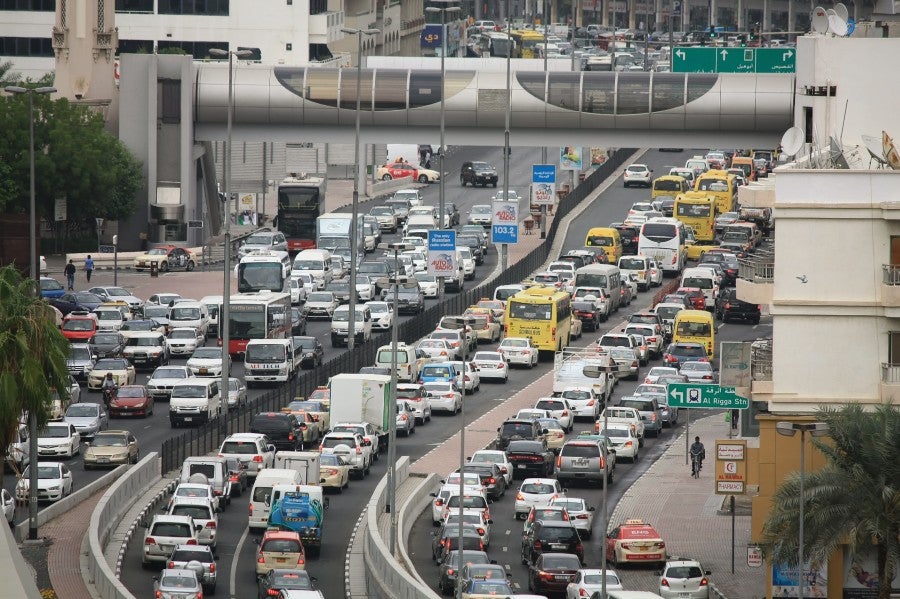Abstract of Mark McDonald's study for TDOT
Behavioral and Operational Considerations in Implementation of Automated HOV Lane Enforcement and Tolling in Tennessee HOV Corridors.
M. McDonald and Y. Chen |

Photo by Iwona Castiello d'Antonio on Unsplash
Through use of commuter surveys and analysis of traffic data on the I-65 and I-24 corridors I have been able to show several important insights about travel behaviors on the corridors. First, the willingness of individuals to form carpools is not significantly influenced by the degree of congestion on the freeway. Second, carpools tend to shy away from the HOV lane as congestion increases in the mixed flow lanes. Third, violators show an increased willingness to violate HOV lane restrictions as congestion increases in the mixed flow lanes. When these tendencies were quantified using statistical modeling techniques, the combined behaviors of all classes of users result in equilibrium flows that cause the HOV lane to fill up only after the mixed flow lanes become congested.
The survey revealed that most violators tend to use the HOV lane as an occasional passing lane to get around bottlenecks that typically form at merges and diverges at interchanges. They do not spend much time in the HOV lane otherwise.
As long as flow on the highway is not nearing capacity, the violations do not tend to impede operations, and in some cases they do improve freeway performance for all users. However, as traffic starts to reach capacity, this is often no longer the case. To study the performance of the freeway, traffic microsimulation modeling was necessary and provided powerful insight to the problems plaguing the HOV corridors.
As drivers utilize the HOV lane, legally or otherwise, they place themselves in the leftmost lane but must eventually exit the freeway on the right side of the freeway. At these exits with large numbers of exiting vehicles, the weaving of vehicles exiting the freeway causes a breakdown in bottleneck capacity. HOV violators cause the biggest problems on outbound interstates at exits with a high volume of exiting vehicles. Microsimulation showed this mechanism to be particularly problematic on I-65 North of Nashville. At that particular location, it may be wise to pursue barrier separation of the HOV and prevent traffic from weaving across I-65 to exit onto Vietnam Veterans Boulevard, as the weaving problems are so severe that they can actually cause the HOV lane to move more slowly than the mixed flow lanes at that particular location.
However, not all violations of HOV lane restrictions come with negative consequences. At merge bottlenecks, such as the bottleneck that forms during the AM peak on I-65 near Old Hickory Boulevard, high violation rates improve operations for all classes of users because the shift of traffic into the HOV lanes creates more gaps for merging vehicles.
There are, unfortunately, no easy policy fixes for Nashville’s HOV corridors. Reverting some sections from HOV lanes to mixed flow could cause drivers to become worse off than they are now. However, at other locations, shifting traffic out of the HOV lanes via automated enforcement or pricing would worsen traffic conditions.
It is my opinion that the way forward for addressing these problems should be focused on eliminating the worst weaving problems associated with the HOV lanes. If, after this problem is addressed, it would be beneficial to get more users into the HOV lane, the lane could be converted to a high occupancy and toll lane where single occupant vehicles could opt in.
M. McDonald and Y. Chen, “Behavioral and Operational Considerations in Implementation of Automated HOV Lane Enforcement and Tolling in Tennessee HOV Corridors,” presented at the Annual Meeting of the Transportation Research Board, January 2019, Washington DC.